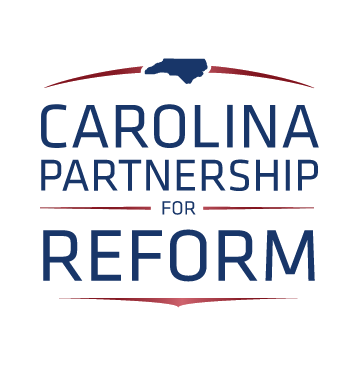NC’s Support for Low-Wealth Schools “Defies National Trends”
Source: BEST NC North Carolina Per Pupil Expenditures
In NC, low-wealth school districts receive 24% MORE state funding than high-wealth districts
But that hasn’t stopped the perpetual malcontents from claiming the exact opposite
BEST NC is out with its annual per-pupil expenditure analysis, and yet again North Carolina “defies national trends” by spending far more per student in low-wealth schools than high-wealth schools.
According to BEST NC’s analysis, the lowest-wealth districts in North Carolina received about $1,600, or 24%, more state funding per student in 2021-22 than their wealthiest counterparts.
Indeed, the funding difference between high- and low-wealth counties was the very basis for the Leandro education funding lawsuit in the first place.
In the original complaint, plaintiffs alleged “children in poor school districts are not receiving a sufficient education to meet the minimal standard for a constitutionally adequate education” because of “a great disparity between the educational opportunities available to children in their districts and those offered in more wealthy districts of our state.”
Oddly, some purporting to support the Leandro case don’t seem all that thrilled with the fact that low-wealth schools now receive much more funding than high-wealth schools.
Tamika Walker Kelly, president of the far-left NC Association of Educators, seems to still live in 1994: “We know there are disparities across the state between affluent school districts and those that do not have funds and resources,” she said in an interview. “[A] generation of students lost out on an opportunity to have an equitable education.”
Who wants to tell her?
The state’s distribution of education resources earned high marks from BEST NC: “In this way, North Carolina defies national trends in which lower income schools generally receive less funding than more affluent schools.”
More reliance on state rather than local funds
Funding fairness in North Carolina is due, in part, to a reliance on state dollars to support a larger share of education expenses. Around 60% of K-12 funding in FY 2021-22 came from the state budget, according to a 2023 legislative fiscal analysis. Another 20% came from local funding, and 20% from federal program dollars—primarily through Title I for low-income students, child nutrition, students with disabilities, and COVID relief. (Years without pandemic impacts have featured a smaller federal share and heftier state and local portions.)
States that lean heavily on local sources of education funding, generated mainly from property taxes, can make worse funding shortfalls for poorer districts. That helps explain imbalances elsewhere. On average in 2019-20, school districts nationwide received 46% of their funds from local sources and 47% from state appropriations, according to BEST NC.
High poverty districts tap supplemental funds
North Carolina legislators also target the needs of low-income students and districts through additional state supplements to low-wealth districts. Budget figures from the Department of Public Instruction for 2021-22, the year reflected in BEST NC’s analysis, included these program allocations as a part of state funding:
$288 million in supplemental funds for low wealth counties (77 districts);
$103 million in supplemental funds for disadvantaged students;
$53 million in supplemental funds for small counties (29 districts).
Program funds for the 2022-23 school year were even higher: $299 million in low wealth supplemental funding; $106 million in disadvantaged student funding; and $55 million in small county supplemental funding.
The Reform Majority has gone to great lengths to send more education dollars to low-wealth counties. That was the entire basis for the original Leandro suit. Somehow, certain public education “advocates” don’t seem to care all that much about it.

